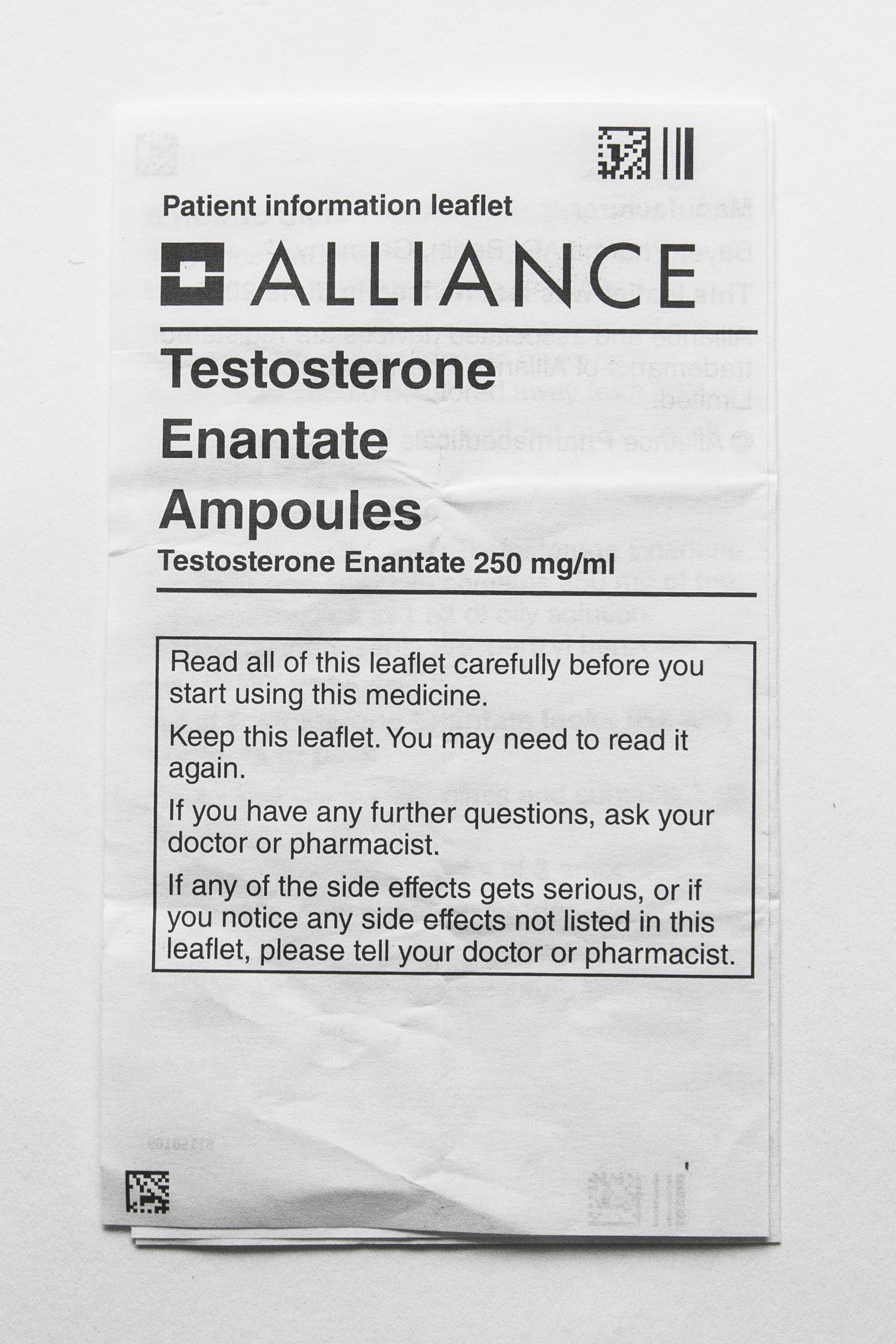Enantate in Sports: Maximizing Your Prospective with Smart Use
Enantate in Sports: Maximizing Your Prospective with Smart Use
Blog Article
Boost Consumer Retention With a Powerful Loyalty System
In today's affordable marketplace, organizations are significantly acknowledging the significance of customer retention as a vital vehicle driver of long-term success. A well-structured loyalty system can considerably boost customer interaction by fostering much deeper psychological connections and motivating repeat acquisitions. Nonetheless, the efficiency of such programs hinges on thoughtful style and strategic implementation. As we discover the essential elements of an effective loyalty program, it comes to be apparent that recognizing customer behavior and choices is crucial. What approaches can business use to guarantee their loyalty systems not only attract yet additionally preserve their most useful clients?
Comprehending Consumer Commitment

Elements that add to consumer loyalty consist of item top quality, customer support, and brand online reputation. Consumers usually show commitment when they view a high value in their partnership with a brand, which can bring about repeat purchases and lasting interaction. In addition, commitment is usually cultivated via favorable experiences, personalized communications, and the satisfaction of consumer expectations.
Brand names that prioritize understanding customer commitment can leverage this knowledge to create customized approaches that improve customer experiences and foster much deeper links. Ultimately, a detailed understanding of customer commitment makes it possible for organizations to develop a sustainable affordable benefit, making certain lasting success in their corresponding markets.
Key Advantages of Loyalty Programs
Loyalty programs serve as powerful tools for organizations aiming to boost consumer retention and engagement. One of the primary benefits of executing a commitment program is the ability to foster repeat acquisitions. By incentivizing clients with benefits, organizations can encourage them to return much more frequently, inevitably raising total sales.
Additionally, commitment programs assist in building a strong emotional link between clients and the brand. When clients feel valued via individualized benefits and acknowledgment, they are more probable to create brand name loyalty, resulting in long-lasting relationships. This emotional financial investment can additionally convert into positive word-of-mouth advertising and marketing, as pleased consumers share their experiences with others.
Additionally, commitment programs supply beneficial data understandings. By tracking consumer behavior and choices, businesses can customize their marketing methods and product offerings to better satisfy client requirements. This data-driven technique permits for more efficient targeting and raised client fulfillment.
Lastly, loyalty programs can separate a brand in a competitive market - enantate. By using unique and attractive benefits, businesses can attract attention, luring brand-new customers while maintaining existing ones. Overall, the implementation of a commitment program is a calculated relocation that can produce significant benefits for companies

Designing an Effective Commitment System
Crafting a reliable commitment system requires a tactical strategy that lines up with both service purposes and client assumptions. To start, services have to clearly specify their objectives for the commitment program, such as enhancing repeat acquisitions, enhancing consumer engagement, or gathering valuable data. These objectives should assist the style and application of the program.
Following, understanding the target audience is vital. Performing market research study aids recognize client choices, inspirations, and actions, enabling organizations to additional hints tailor their rewards and incentives as necessary. As an example, offering personalized incentives can considerably enhance the perceived worth of the commitment program.
Furthermore, the structure of the commitment program should be basic and straightforward. Customers ought to conveniently recognize how to gain points or incentives, which promotes engagement and satisfaction. Applying a tiered system can also encourage more substantial costs, as customers strive to get to greater levels of rewards.
Techniques for Engagement
Engaging clients successfully calls for a multifaceted method that goes past typical reward systems - enantate. To foster deeper links, companies ought to utilize personalized communication, tailoring messages and uses to private choices. Making use of data analytics can aid recognize customer actions and preferences, allowing targeted advertising techniques that resonate with particular sectors
Moreover, creating community-driven experiences can significantly enhance interaction. This might involve establishing on the internet discussion forums or social media teams where clients can interact, share experiences, and offer responses. Such systems not only build brand name commitment yet also enable consumers to feel valued as component of a larger community.
Integrating gamification within the commitment program is an additional efficient technique. By presenting aspects like challenges and leaderboards, organizations can inspire consumers to Homepage involve more imp source regularly. This competitive aspect makes the buying experience a lot more pleasurable and motivates repeat brows through.
Gauging Success and Enhancement
To properly gauge the influence of a loyalty system, companies have to execute robust metrics that show consumer behavior and contentment. Trick efficiency indicators (KPIs) such as customer retention price, repeat purchase price, and consumer life time value supply important understandings into the performance of commitment campaigns.
Additionally, tracking involvement metrics-- such as involvement in loyalty programs and frequency of incentives redemption-- can expose exactly how well customers resonate with the offerings. Assessing these figures over time aids recognize fads, allowing companies to adjust their techniques appropriately.
Surveys and responses mechanisms are additionally essential in measuring customer satisfaction. Directly asking clients regarding their experiences with the commitment program can reveal areas for renovation. Metrics like Internet Marketer Score (NPS) can further evaluate consumer belief.
Final Thought
In final thought, a robust commitment system offers as an important mechanism for boosting client retention. Ultimately, the continuous assessment of loyalty programs with vital efficiency indications guarantees the sustained success and evolution of customer commitment efforts.
Elements that contribute to client loyalty include product high quality, client service, and brand name credibility. Brand names that prioritize comprehending consumer loyalty can leverage this knowledge to produce customized strategies that boost client experiences and foster much deeper links.Loyalty programs offer as powerful tools for services aiming to enhance consumer retention and involvement. By tracking consumer behavior and preferences, services can tailor their advertising approaches and product offerings to much better satisfy customer requirements. Inevitably, the continuous evaluation of commitment programs with vital performance signs ensures the continual success and development of client commitment campaigns.
Report this page